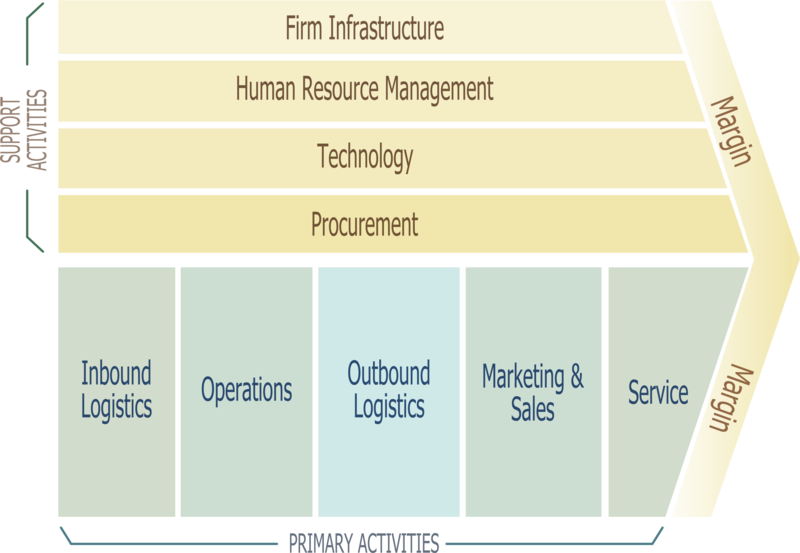According to Joe Shepley on his blog, Cereal in the Saucepan:
If we wanted to organize our kitchen to maximize space, we would never do things like store empty pots and pans or glasses in one place and disposable boxes of dry goods in another…we’d dump the dry goods into those empty pots, pans, and glasses and toss the disposable boxes they came in–et voila: maximized space!
Put in simple terms, Joe says that we should organize the filing of our documents on the processes behind information as much as the storage of those documents. If we have masses of information and documents, how useful is the traditional Windows file system approach to document storage? Who really cares that a document is on the C: drive? The C: drive is like the mechanics of the filing cabinet drawers that allow them to slide in and out easily despite being full to overflowing. It doesn't tell us anything about the information we have stored on it.
It gets slightly better, as savvy computer users (not my mother-in-law) start to put things into folders for each type of work they do. Now in an office, we end up with the F: drive being the place where people throw all the junk, with a folder of "Accounts Receivable", one for "Travel and Entertainment", etc. Careful filenames keep the documents in order. But frankly that offers us little better options than knowing that an expense claim is in the bucket, and got dumped there around 3 months ago.
Why is it so hard to classify our documents by business process, and the meaningful business information that generated them? You know, keep them in context, rather than make them an issue of searching for them? Because the good-ol' PC doesn't let us do that, and we don't want to spend time naming documents and hundreds of folders in a way that lets us find them.
I have always been a great proponent of keeping documents in the context of the processes that created them. Not in the old workflow / document automation way of "it arrived in the workflow, and its stuck there", but a meaningful classification that let's us use the fact that an employee travel expense claim has meaningful attributes (or metadata) for the employee, for the accounting group, and for the auditor. Keep the information (expense form, scanned receipts, manager approval) organized in a meaningful structure, and the attributes used to identify the processes information belongs to just takes care of itself. Yes, just have an information management app that is meaningful while documents are in the process and when we are finally done with them, without having to waste time filing after the face.
Me, file documents? The documents were filed in Consected almost before they were used. Put another way, my saucepan is already in the dishwasher. My cereal is in me. And its time for another coffee...
It gets slightly better, as savvy computer users (not my mother-in-law) start to put things into folders for each type of work they do. Now in an office, we end up with the F: drive being the place where people throw all the junk, with a folder of "Accounts Receivable", one for "Travel and Entertainment", etc. Careful filenames keep the documents in order. But frankly that offers us little better options than knowing that an expense claim is in the bucket, and got dumped there around 3 months ago.
Why is it so hard to classify our documents by business process, and the meaningful business information that generated them? You know, keep them in context, rather than make them an issue of searching for them? Because the good-ol' PC doesn't let us do that, and we don't want to spend time naming documents and hundreds of folders in a way that lets us find them.
I have always been a great proponent of keeping documents in the context of the processes that created them. Not in the old workflow / document automation way of "it arrived in the workflow, and its stuck there", but a meaningful classification that let's us use the fact that an employee travel expense claim has meaningful attributes (or metadata) for the employee, for the accounting group, and for the auditor. Keep the information (expense form, scanned receipts, manager approval) organized in a meaningful structure, and the attributes used to identify the processes information belongs to just takes care of itself. Yes, just have an information management app that is meaningful while documents are in the process and when we are finally done with them, without having to waste time filing after the face.
Me, file documents? The documents were filed in Consected almost before they were used. Put another way, my saucepan is already in the dishwasher. My cereal is in me. And its time for another coffee...
A post from the Improving It blog
Let us help you improve your business today. Visit www.consected.com
